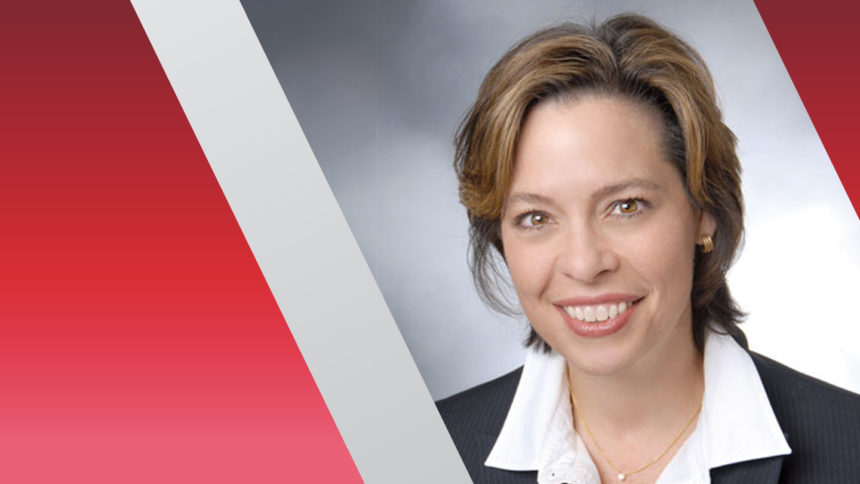
Most skilled nursing providers managed last month’s transition to the new iQies system for MDS data submission pretty well, but providers should view the changes as just the first step in an ongoing process to make it easier for federal regulators to gather and evaluate nursing home statistics.
That was one major takeaway from a webinar Wednesday covering the iQies changes implemented by the Centers for Medicare & Medicaid Services, how automation may help providers, and when they can expect to move more reporting functions to the new platform.
The webinar was moderated by Cynthia Morton, executive vice president of ADVION, an advocacy organization for therapy, health IT and other ancillary services providers. It was sponsored by Simple, which provides data reporting and analytics services to about 7,000 long-term care facilities in the US.
Morton was joined by Donna Doneski, director of policy and membership for ADVION, and Jason Jones, vice president and general manager for Simple.
“This first hurdle, this first connection to iQIes is a step in a process, and CMS is moving the entire data platform,” Doneski said. “They have other applications that are being queued up now that they have all the patient assessments moved over, the SNF MDS being the last one. They will be moving Payroll-based Journal, CASPER reports and ASPEN. What sequence they’ll take with those, and when they will happen is still unclear.”
That could take up to a year and a half, based on previous conversations ADVION leaders have had with CMS. But the end goal is to gather data in a more secure, more organized way that can lead to better insights about performance, Doneski said.
Morton reminded the audience that the agency first started its process to convert data to iQies in 2017, moving smaller post-acute providers over to the new platform first. The skilled nursing changeover was delayed by the pandemic.
But increasingly, the reason behind the change is clear: Data, specifically more sophisticated and detailed datasets, is the agency’s key tool for driving health equity and payment reform efforts.
“The pace by which health IT and the infrastructure around it is changing so rapidly,” Doneski said. “We know long-range, CMS’ plan is for value-based care to be the norm. If you don’t have some standardization of how data gets collected, how it gets reported, how it gets extracted and shared and all of that, it becomes tremendously difficult. So I think all of the work around health equity is adding to the layers of why we need better standards and more health IT underpinning.”
Not a bad start
It’s good news, then, that most providers reported few concerns with the first conversion.
Jones said just 0.6% of skilled nursing providers have yet to designate a privacy security official, an in-house representative needed to gain access to iQies and give it to others within an organization.
Other minor problems he’s seen include duplicate or “failed” batches, in which case Simple has worked directly with CMS on support tickets or temporarily managing manual workflows.
But he said 98.6% of Simple’s customers had been successful in transmitting MDS data over the new system. For most, he noted, submissions tend to “hum” in the background because they have automated processes in place.
As more data moves to iQies and CMS ratchets up its demands, providers who don’t already use automation should more seriously consider it as a means to improve workflows and accuracy, the presenters said.
Providers still complete MDS reviews and sign-offs, but robotic process automation cuts down on the time those experts spend connecting to the iQies system, uploading and waiting for validation results.
With major MDS coding changes (including the addition of 80 more fields) kicking in this Oct. 1, Morton noted it will be critical for assessment pros to streamline as many technical processes as possible beforehand.
“Their real expertise is needed on these new MDS items,” she explained, “and they really want to be spending the time on that.”




